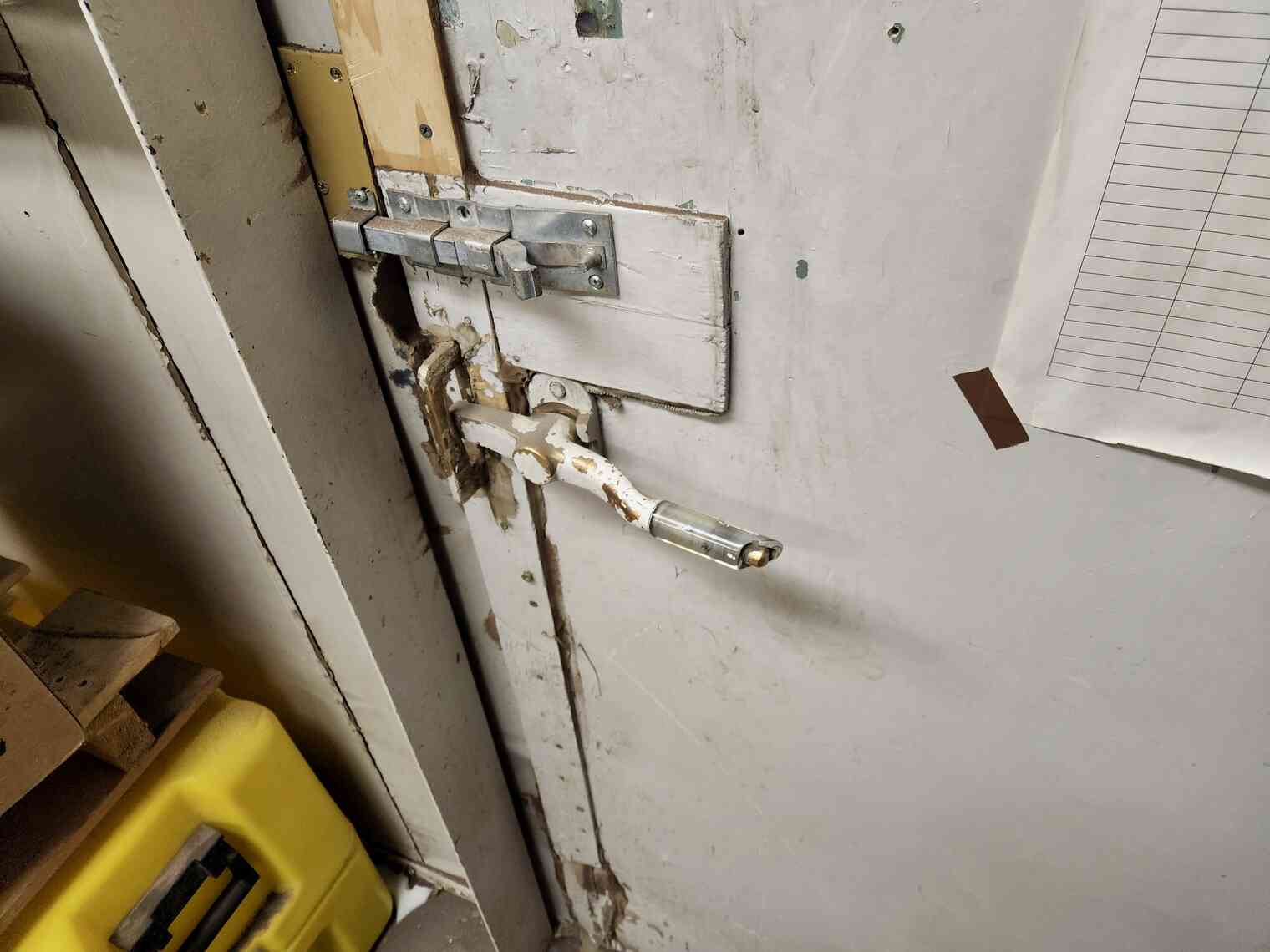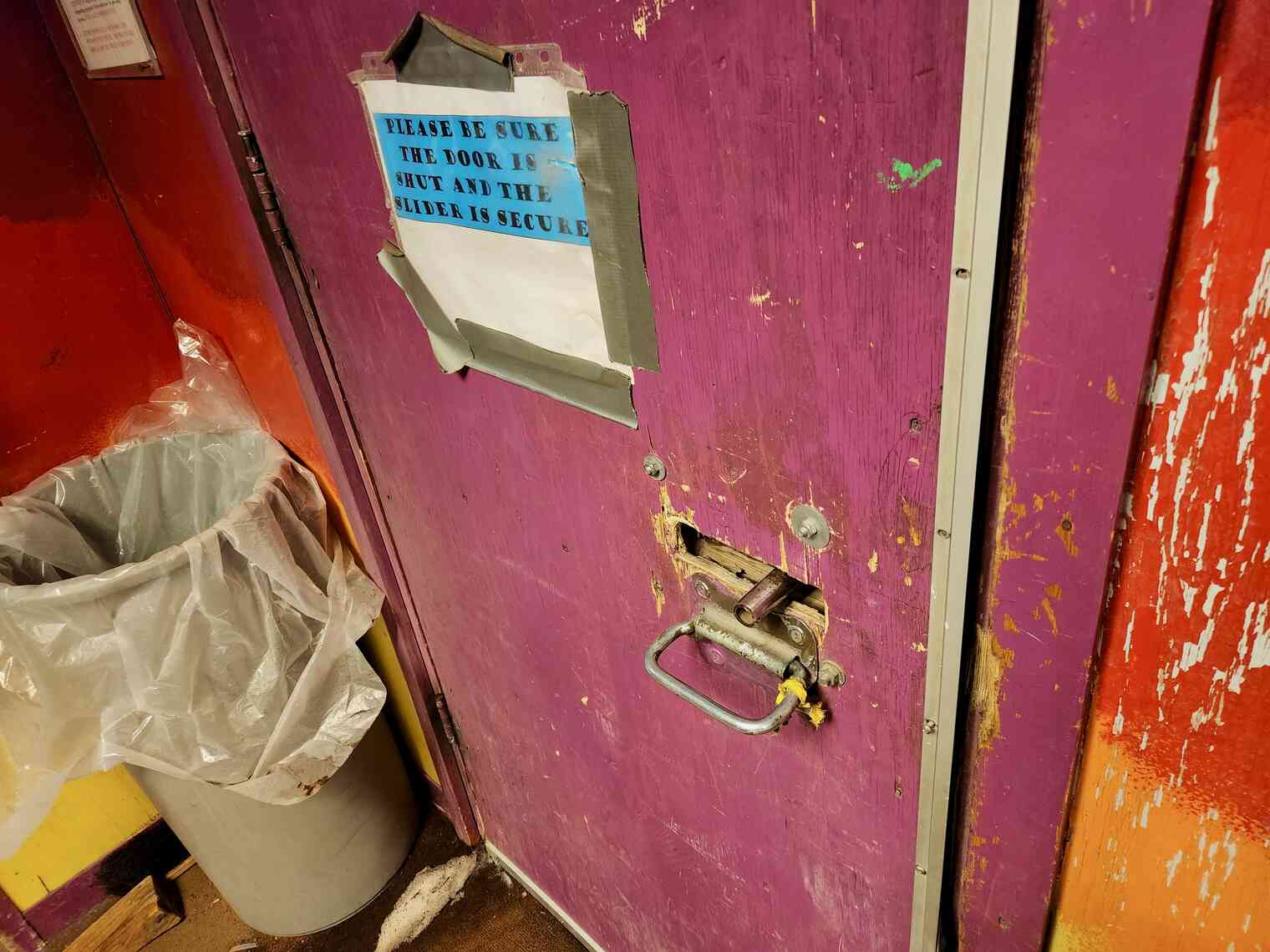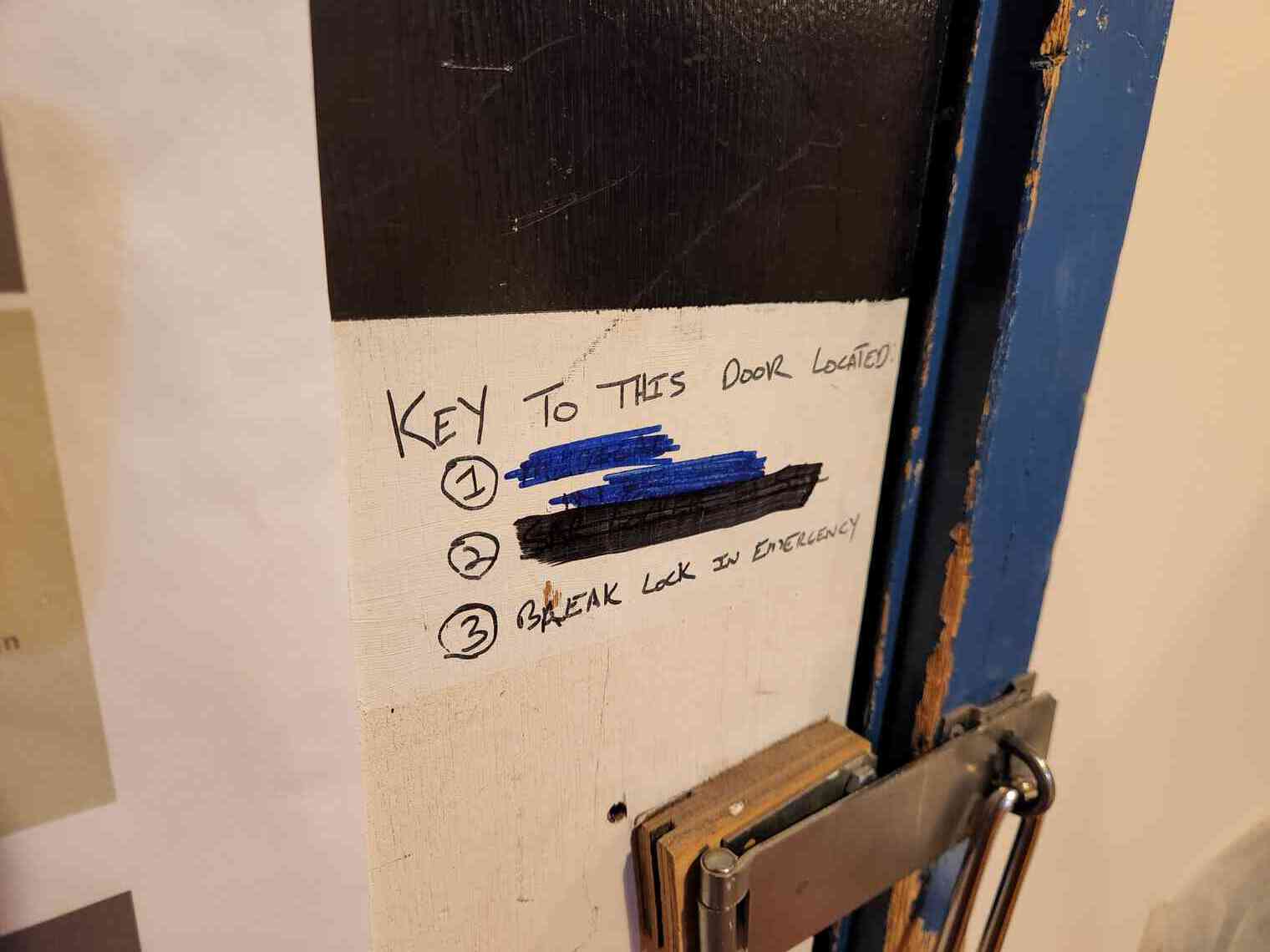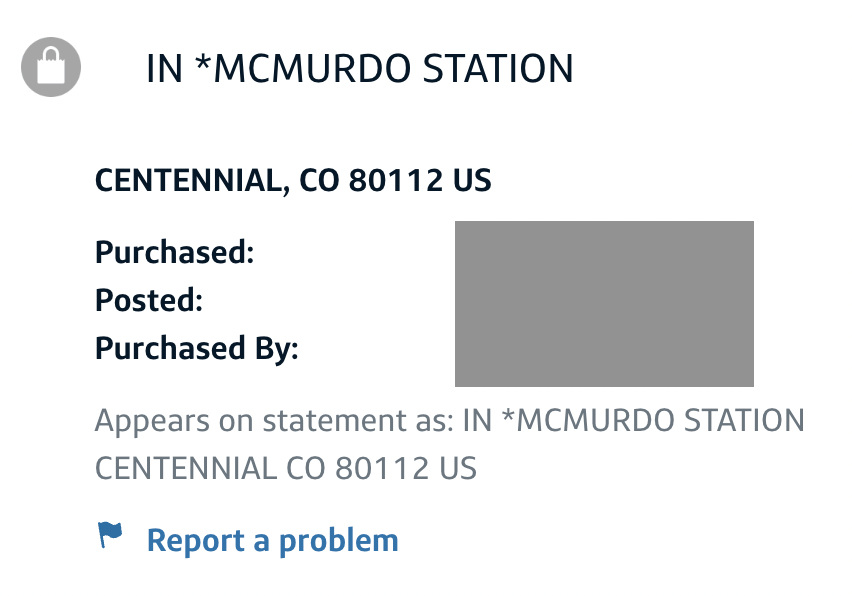As you may have guessed from past posts, I am easily entertained by infrastructure, operations, logistics, and “systems” in general.
One of the most underrated and fascinating parts of McMurdo is its patchwork evolution over the decades.
This is not a master-planned community. Rather, it is a series of organic responses to evolving operational needs.
The buildings reflect this patchwork approach. Each building has its own unique style, based on when it was built, the standards at the time, the parties involved in its construction and operation, and what role it plays in town.
Nothing more clearly illustrates this than the doors to the buildings. I thought I’d share a collection of my favorite doors, to give a sense of what it’s like on a day-to-day basis doing the most basic task around town: entering and exiting buildings.
There are some general themes, and some uniquely Antarctic constraints, but no hard fast rules.
Some decisions make sense. Some seem haphazard. Others reflect the community spirit of this strange place.
Without further ado, here are some of my favorite Doors of McMurdo.
Most (but not all!) doors open inward. There is a huge amount of snowdrift during the winter, and if the doors opened outward, they would be impossible to open without a lot of digging. This could be a life safety issue if the building is occupied.
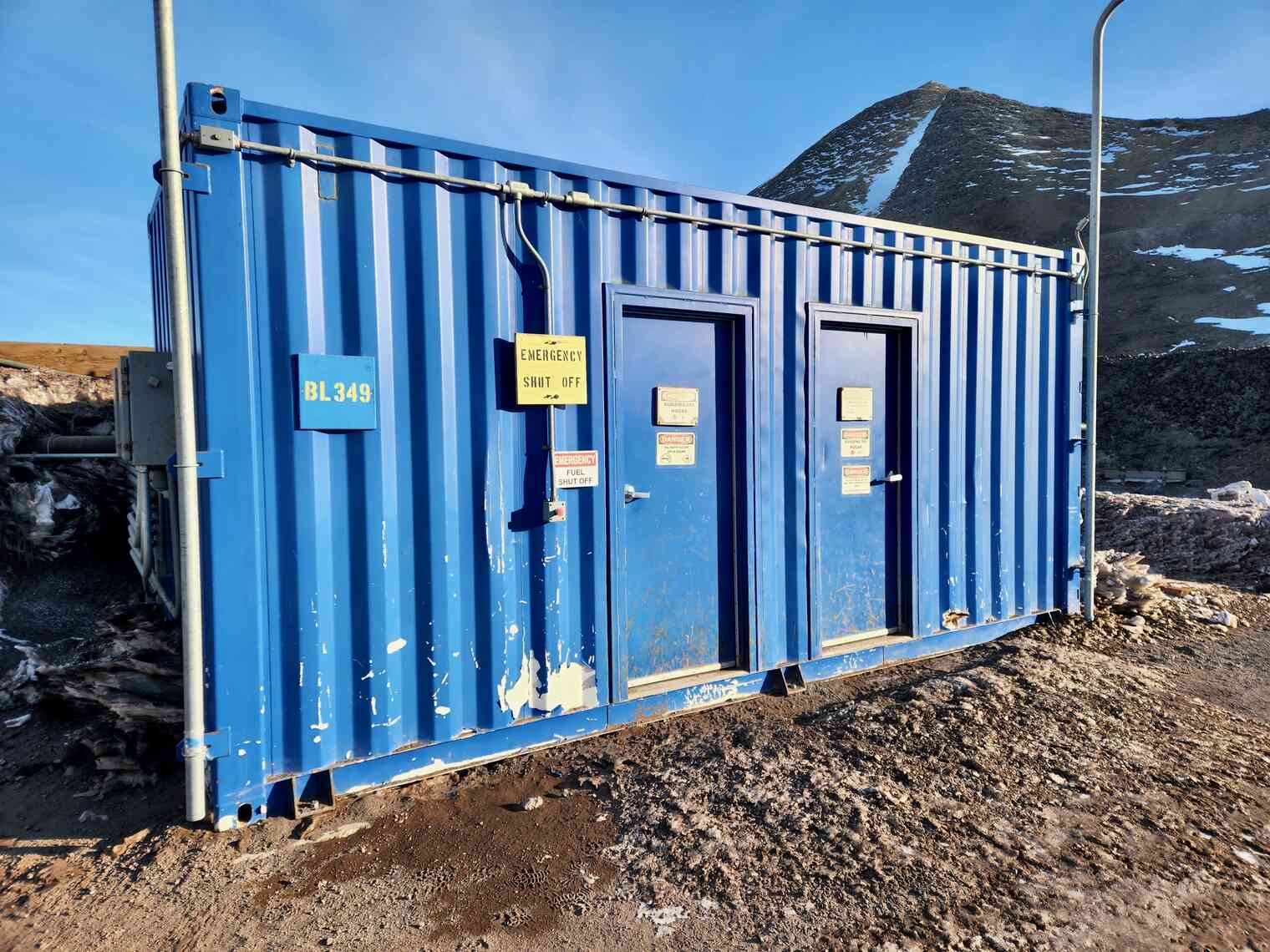
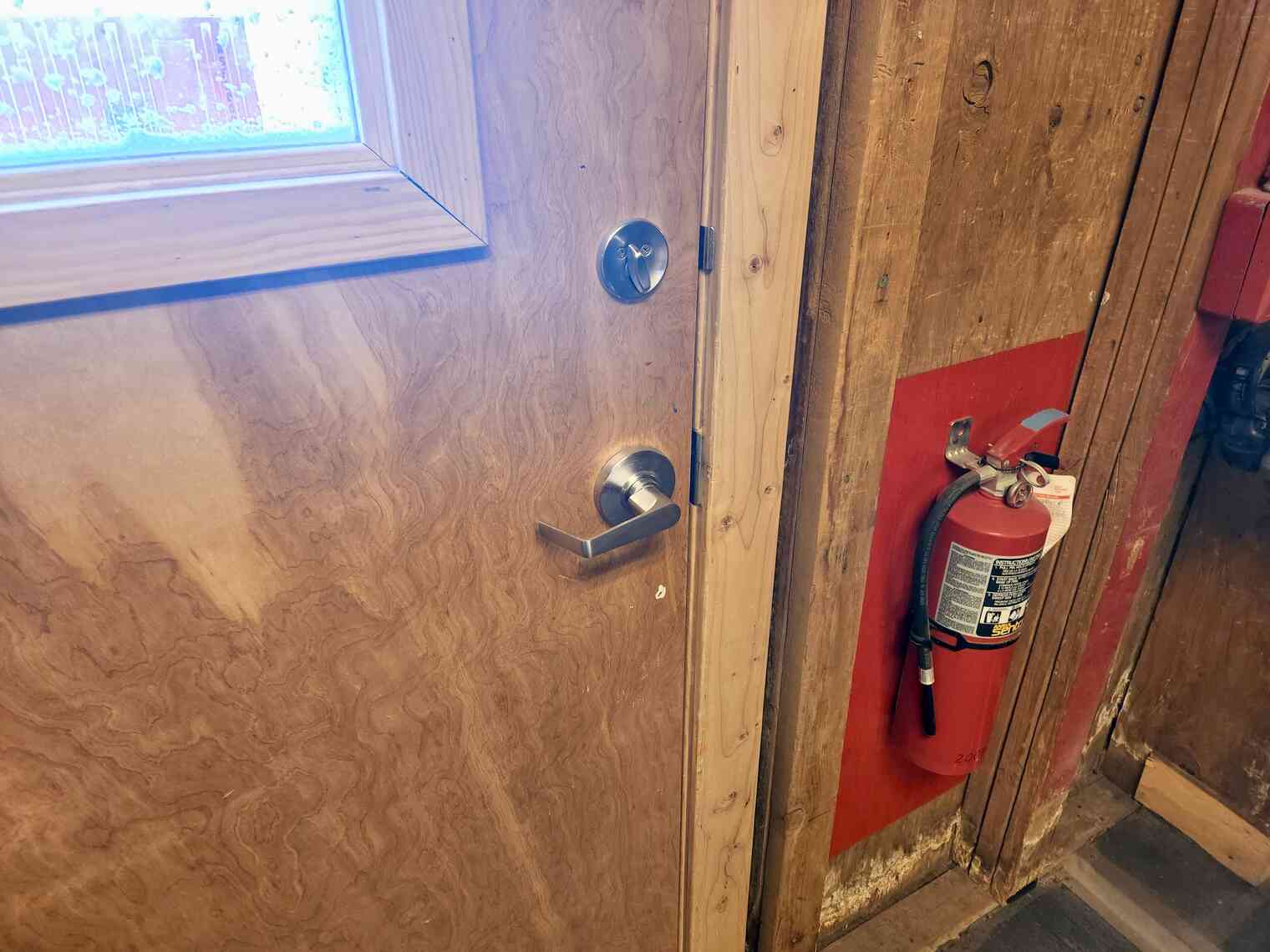
Exceptions to the “open inward” guideline are mostly (but not always!) frequently-used doors on prominent buildings, because these are maintained as snow-free. Facilitating rapid exit for lots of people is important.


A lot of doors on station use an interesting handle. It’s just a long wooden or metal handle on both sides, with a rudimentary latching mechanism. These seem to be found on older buildings, but there’s no real rhyme or reason and plenty of exceptions. They’re very simple mechanically, they’re easy to operate when wearing huge thick gloves, and they don’t freeze up if they go unused.




Next up, we have Heavy Duty Doors™. These are found on more modern buildings. Picture a commercial walk-in freezer, except it’s to outside (which, for at least part of the year, is technically a freezer). It makes sense – the temperature difference between a -20°F winter day and a comfortable 70°F office building is substantial. Choosing insulated doors seems prudent for modern construction.
The best examples of this can be found at Crary Lab.


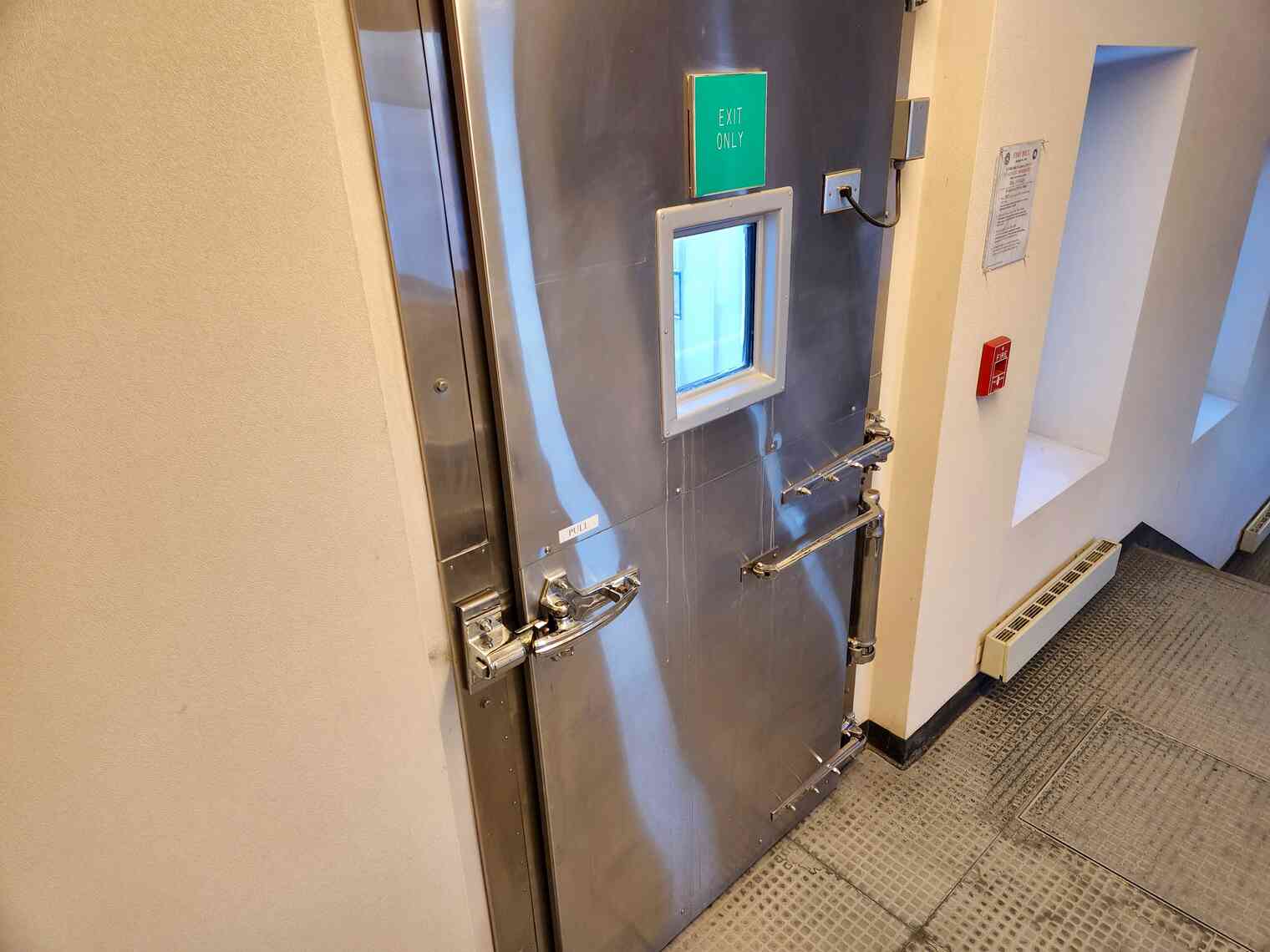
There are some doors that combine elements from different types in haphazard ways:
Next up: service doors, for equipment and supplies. These are surprisingly normal looking!
First is a door for heavy equipment. Equipment is sometimes stored indoors, to keep it warm. That way it can be put into service more quickly when needed.
Next up is loading / service doors. Surprisingly normal, and fulfills the same role it would back home.

Nearing the end of our tour, this one is fun. This is the door to Skua, McMurdo’s volunteer-managed thrift establishment. This is where people donate old items they no longer need, and others can come browse for items they need, all for free. It’s lovingly curated by volunteers, and this ethos extends to the building itself. This door is clearly fabricated entirely onsite.
Just look at this homemade latching mechanism! How neat!

And finally, my favorite whimsical door on station. Bets on whether there are any keys to this lock actually still on station anywhere?
I hope others found this as delightful as I did.
Until next time!









